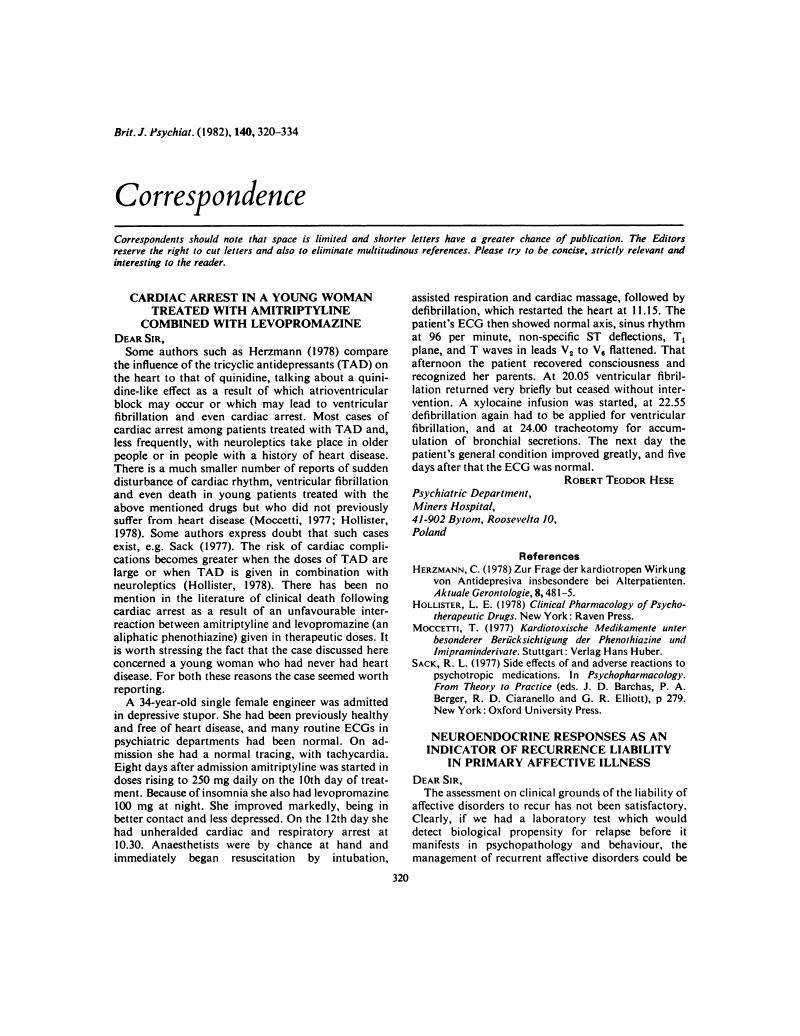Crossref Citations
This article has been cited by the following publications. This list is generated based on data provided by Crossref.
Grof, P.
1986.
Die Lithiumtherapie Nutzen, Risiken, Alternativen.
p.
183.
Risch, S.Craig
Ehlers, Cindy
Janowsky, David S.
Judd, Lewis
Gillin, J.Christian
Dana, Richard
and
McAdams, Lou A.
1988.
Human growth hormone releasing factor infusion effects on plasma growth hormone in affective disorder patients and normal controls.
Peptides,
Vol. 9,
Issue. ,
p.
45.
Grof, P.
1997.
Die Lithiumtherapie.
p.
232.
Deshauer, Dorian
Grof, Eva
Alda, Martin
and
Grof, Paul
1999.
Patterns of DST positivity in remitted affective disorders.
Biological Psychiatry,
Vol. 45,
Issue. 8,
p.
1023.
Deshauer, Dorian
Duffy, Anne
Alda, Martin
Grof, Eva
Albuquerque, Joy
and
Grof, Paul
2003.
The Cortisol Awakening Response in Bipolar Illness: A Pilot Study.
The Canadian Journal of Psychiatry,
Vol. 48,
Issue. 7,
p.
462.
Goodday, Sarah M.
Karlin, Daniel R.
and
Friend, Stephen H.
2023.
The digital redesign of mental health: leveraging connected digital technologies for agency-driven patient-focused care.
The British Journal of Psychiatry,
Vol. 222,
Issue. 2,
p.
51.






eLetters
No eLetters have been published for this article.